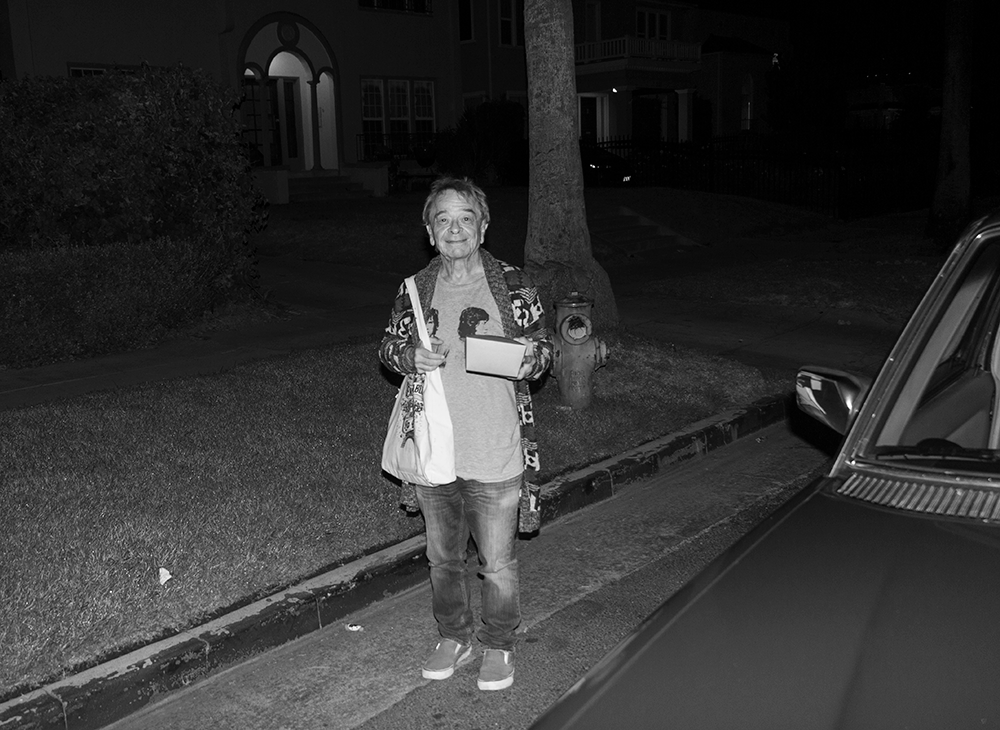Right now,bubble people eroticism three hurricanes are spinning in the Atlantic Ocean, an unusual event that hasn't happened since 2010. Even stranger, each of them is expected to hit land on the same day: Saturday.
First, there's record-shattering Hurricane Irma, of course, which devastated parts of the northern Leeward Islands, as well as the Caribbean, and poses a dire threat to the Southeast. It is forecast to pass over or very close to South Florida on Saturday night into Sunday as a Category 4 or 5 storm. As it does so, it will be a life-threatening storm with potentially devastating winds and deadly storm surge flooding along the coast.
SEE ALSO: With Hurricane Irma, Miami could be facing its nightmare storm scenarioLurking behind Irma is Hurricane Jose, which is gathering strength and threatens some of the same areas left devastated by Irma. On its current forecast path, Jose is expected to pass near or on top of the northern Leeward Islands, including Barbuda and Antigua, on Saturday. It's possible the storm will miss these islands and others, but hurricane watches have been issued in case they come close enough to bring hurricane conditions.
This Tweet is currently unavailable. It might be loading or has been removed.
A direct hit by Hurricane Jose would severely hamper relief efforts in these locations at a time when humanitarian needs are highest, after many homes and businesses were destroyed by Hurricane Irma, which was the most intense storm ever to make landfall in the northern Leewards.
After passing the Leewards, Hurricane Jose is forecast to eventually move further north, away from the U.S., though some computer models project a meandering path that bears close watching next week.
Lastly, there's Hurricane Katia, which formed on Wednesday in the southwestern Gulf of Mexico. Hurricane Katia is moving southwest while intensifying, and is projected to make landfall on Friday night into Saturday in the state of Veracruz as a Category 2 or 3 storm.
The National Oceanic and Atmospheric Administration (NOAA), which is responsible for monitoring and forecasting hurricanes, had predicted an above average Atlantic hurricane season.
 Original image has been replaced. Credit: Mashable
Original image has been replaced. Credit: Mashable This forecast was based in part on the absence of an El Niño event in the tropical Pacific Ocean, as there was last year. Such events tend to make the environment more hostile for Atlantic tropical storms and hurricanes by increasing upper level winds, which can tear nascent storms apart.
Instead, the North Atlantic basin features more ideal conditions for these massive storms this year, with relatively low wind shear, above average ocean temperatures, and a relative paucity of dry air masses that can also inhibit hurricane development.
(Editor: {typename type="name"/})
 Apple's newest ad makes a haunting plea to take climate change seriously
Apple's newest ad makes a haunting plea to take climate change seriously
 Fifth Sleeper: Gérard Maillet by Sophie Calle
Fifth Sleeper: Gérard Maillet by Sophie Calle
 Best sex toy deals: Save 20% on Ava's entire Amazon storefront
Best sex toy deals: Save 20% on Ava's entire Amazon storefront
 Les Cinquante Glorieuses by Fredric Jameson
Les Cinquante Glorieuses by Fredric Jameson
 Trump praises storm response as historic disaster unfolds in Houston
Trump praises storm response as historic disaster unfolds in Houston
Apple's newest ad makes a haunting plea to take climate change seriously
 Apple's latest commercial is advertising the Earth.In a rare topical turn for the company, the ad ma
...[Details]
Apple's latest commercial is advertising the Earth.In a rare topical turn for the company, the ad ma
...[Details]
 Safe campBy Sara GilmoreSeptember 25, 2024PoetryPhotograph courtesy of the author.I was still but tr
...[Details]
Safe campBy Sara GilmoreSeptember 25, 2024PoetryPhotograph courtesy of the author.I was still but tr
...[Details]
Siding with Joy: A Conversation with Anne Serre by Jacqueline Feldman
 Siding with Joy: A Conversation with Anne SerreBy Jacqueline FeldmanAugust 15, 2024At WorkPhotograph
...[Details]
Siding with Joy: A Conversation with Anne SerreBy Jacqueline FeldmanAugust 15, 2024At WorkPhotograph
...[Details]
Suzanne and Louise by Hervé Guibert
 Suzanne and LouiseBy Hervé GuibertNovember 1, 2024DocumentOriginally published in 1980, Suzanne and
...[Details]
Suzanne and LouiseBy Hervé GuibertNovember 1, 2024DocumentOriginally published in 1980, Suzanne and
...[Details]
Assassin's Creed Origins: How Heavy is It on Your CPU?
Remembering Gary Indiana (1950–2024) by The Paris Review
 Remembering Gary Indiana (1950–2024)By The Paris ReviewOctober 24, 2024In MemoriamGary Indiana in fr
...[Details]
Remembering Gary Indiana (1950–2024)By The Paris ReviewOctober 24, 2024In MemoriamGary Indiana in fr
...[Details]
Kevin Killian’s Amazon Reviews, Part 1 by Kevin Killian
 Kevin Killian’s Amazon Reviews, Part 1By Kevin KillianNovember 12, 2024On ThingsAmazon Prime deliver
...[Details]
Kevin Killian’s Amazon Reviews, Part 1By Kevin KillianNovember 12, 2024On ThingsAmazon Prime deliver
...[Details]
 Since the Apple Vision Pro launched on Friday, some who shelled out $3,500 to be among the first wit
...[Details]
Since the Apple Vision Pro launched on Friday, some who shelled out $3,500 to be among the first wit
...[Details]
Wordle today: The answer and hints for February 13, 2025
 Can't get enough of Wordle? Try Mashable's free version now O
...[Details]
Can't get enough of Wordle? Try Mashable's free version now O
...[Details]
Best sex toy deals: Save 20% on Ava's entire Amazon storefront
 With Valentine's Day coming up, there's no better time to invest in pleasure. From Feb. 7 through Fe
...[Details]
With Valentine's Day coming up, there's no better time to invest in pleasure. From Feb. 7 through Fe
...[Details]
SpaceX will try to achieve 2 impressive feats on Monday

Neil deGrasse Tyson unleashes hot fire on Trump in angry tweetstorm

接受PR>=1、BR>=1,流量相当,内容相关类链接。